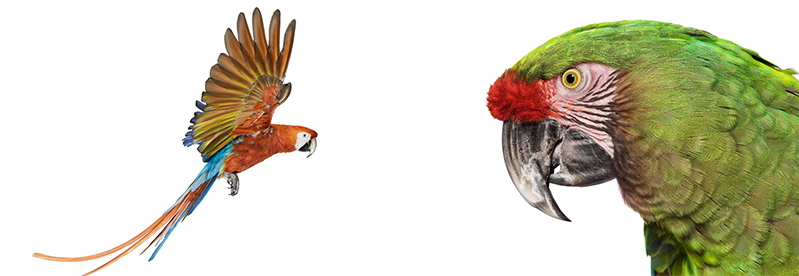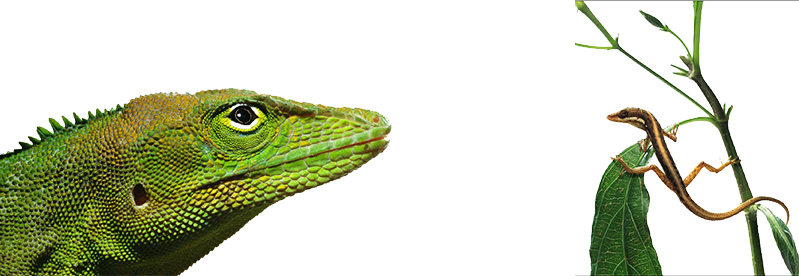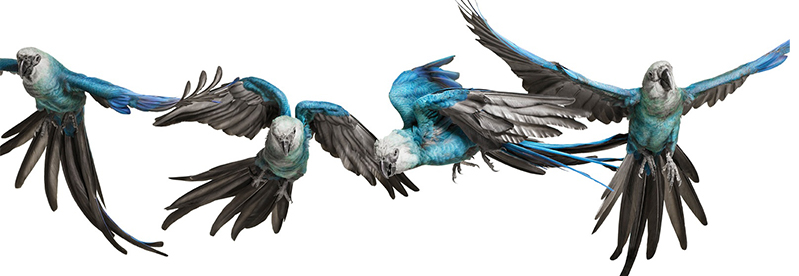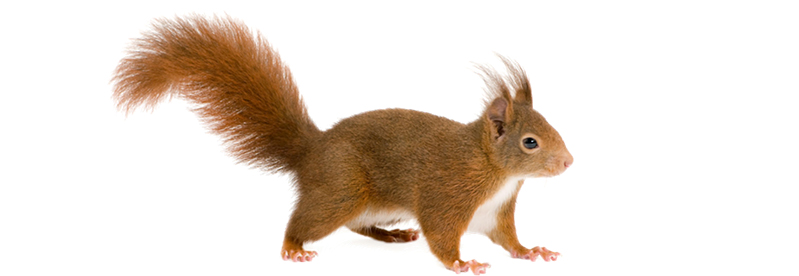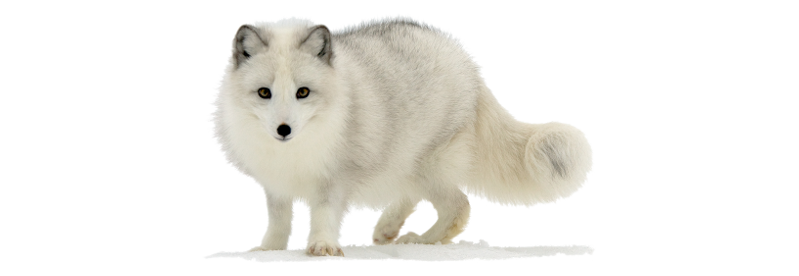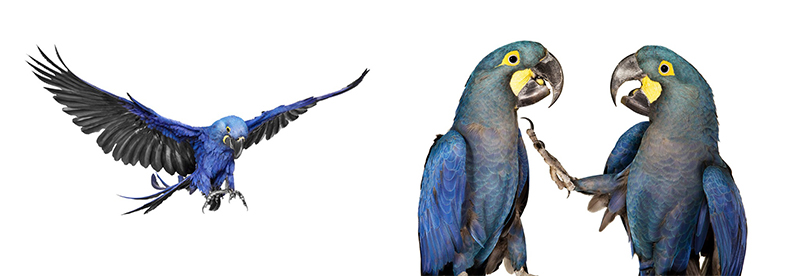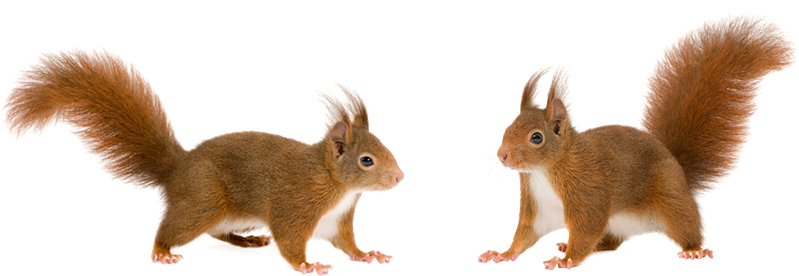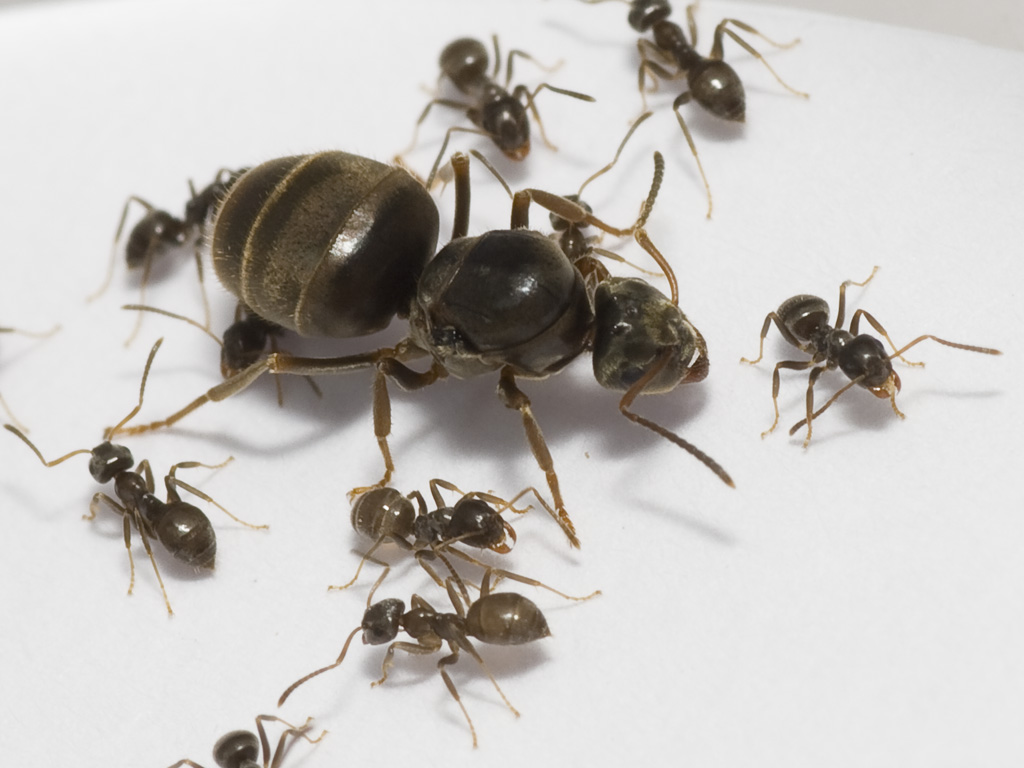
Small black ant (Lasius niger)
Phylum — arthropoda
Class — insecta
Order — hymenoptera
Family — formicidae
Genus – lasius
Appearance
Worker: Length: 2,0-5,0 millimeters. Dark brown/black with greyish tones. The thorax is lighter than the rest of the body. Legs and antennas is generously covered with straight protruding hairs. Thorax, legs, mandibles and the antennas are slightly lighter than the rest of the body and has a subtle yellow tone to them.
Queen: Length: 7,0-10,0 millimeters. Brown shaded black color. The first long antenna segment by the head and tibia is generously covered in straight protruding hairs. The head is always slenderer than the large thorax. Wings are transparent, but ridden of after the nuptial flights.
Male: Length: 3,5-5,0 millimeters. Brown shaded black color. The mandibles (jaws) are accompanied by a flat tooth near the pointy end. The amount of hair varies, but they are generally fewer than that of the queen. The males always have hairs on the tibia. Wings are transparent.
Habitat
Lasius niger is found throughout Europe and parts of North America and Asia.
Behavior
It is monogynous, meaning colonies contain a single queen. Lasius niger colonies can reach in size up to around 40,000 workers in rare cases, but 4,000–7,000 is around average. Lasius niger queens in the early stages of founding can have two to three other queens in the nest. They will tolerate each other until the first workers come, then it is most likely they will fight until one queen remains. In certain circumstances, it is possible that there can be multiple queens in a single colony if they are founding somewhat near each other and eventually their two tunnels connect.
Small black ant is host to a number of temporary social parasites of the Lasius mixtus group including Lasius mixtus and Lasius umbratus.
Lasius niger is a very aggressive and active species. But their weak mandibles seldom hurt our skin, so we consider them nice anyways.
According to Eidmann, small black ant is principally nocturnal. Its above-ground activity, as measured by the number of ants soliciting honeydew, is highest at midnight and lowest in the early morning. The workers do all they can to avoid light; in order to work above ground they build turret-shaped shelters around the bases of aphid-infested plants and connect these with the nest by means of covered pathways.
Diet
Lasius niger has generalized food habits. Many authors have observed it gathering insect remains, floral nectar, and the honeydew (excreta) of Homoptera and larval Lycaenidae. Eidmann and others have suggested that the insect honeydew makes up the bulk of the diet. According to Donisthorpe, in a review of the food habits of this species, niger has been observed occasionally to gather seeds of such plants as Viola, Galium, and Ranunculus; Scott has seen it collecting seeds of Chelidonium. But apparently no one has checked to see if the seeds are actually used as food.
Reproduction
The mating of Lasius niger is performed by winged ants. They fly away and mate with other of their species, and then the queens burrows down in the earth to found their colonies. These ”nuptial flights” take place somewhere between June and September. The European ants of the species tend to mate during hot summer days in July and August, while their North American siblings prefers the autumn months.
Lasius niger nests in many different environments and objects such as stubs, under rocks, in crevasses, fields, pastures or lawns. They prefer to nest under stones or by plants, where they tend to aphids.
An egg of Lasius niger develops into an adult ant in 8-9 weeks.
In captivity
A Lasius niger queen can live for up to 29 years.
Small colonies are best kept in test tubes with access to some sort of foraging area. Larger colonies can be housed in ytong nests (bonus: since the ytong is white, the ants will be easy to spot!) or in a dirt setup for them to dig through.
Temperature in the nest: 20-27°C. Does well in room temperature. Since Lasius niger, like most ants, enjoy heat a heat lamp or heat mat might be a good idea. But be careful not to burn your ants to death. Only heat one part of your setup. This way the ants can choose themselves if they want to take part or not.
Moisture level: 10-50%. The species don’t have that extreme demands when it comes to humidity. But they don’t want it too dry (they will die!). Moisture is easily achieved by a simple spray with a garden spray bottle. Experiment with what the ants thinks is a good level of humidity. If you find your formicarium going dry too quickly you may have a material problem. Make sure your setup has enough things to bind the moist (dirt/sand etc.). Try putting a piece of wood in there or something to achieve the right conditions.
As a food you can use sugar- or/and honey water. Fruits such as apples and pears are for most part popular. Experiment with different sorts of sugar mixtures to find out what your colony likes the best. The queen and larvae need protein. Provide this in the form of insects (fruit flies, mealworms, crickets, bees, wasps, beetles etc.), meat (free of poison or spices), eggs or something else containing protein. Be aware of what you feed your ants. Avoid poisonous things, such as the peel of sprayed fruit. If you’re catching your own insects, remember there is a risk they are infected with disease or parasites. So be careful and boil your insects before feeding them to your ants.
If you want to feed your ants live food, make sure the food is immobilized before feeding. Unless you have a huge colony your ants will probably suffer casualties while trying to kill their prey.
Lasius niger hibernates. This means they are used to not being active during the winter months. They go into their nest and huddles together, waiting for spring to come. To remain healthy, Lasius niger requires proper hibernation. The ants do not need to be fed during this time. You can easily hibernate your ants in most spaces with temperatures below 5-10 °C. Some even use their refrigerator to hibernate their ants. Just be careful exposing your ants to too cold temperatures.
The hibernation should be synced with the seasons. When ants usually withdraws from the surface in nature you should probably hibernate your colony. The months of hibernation usually stretches from October to around March.
 Russian
Russian
 English
English

